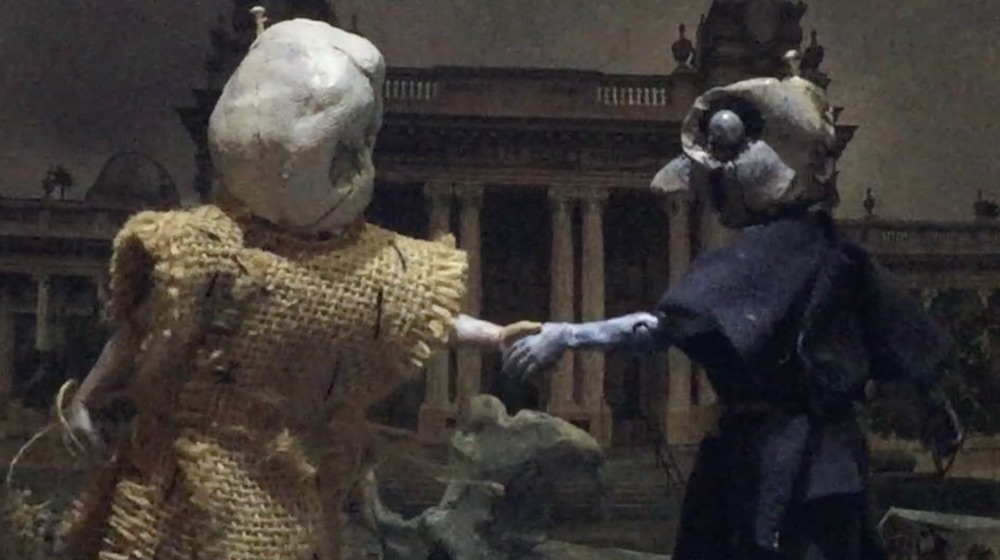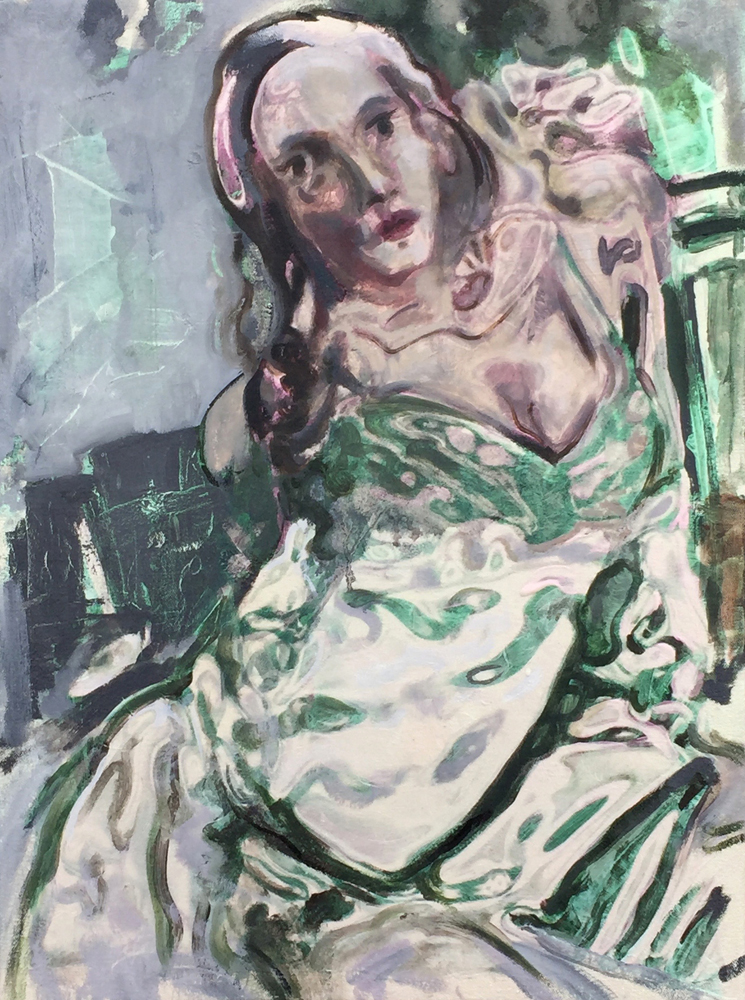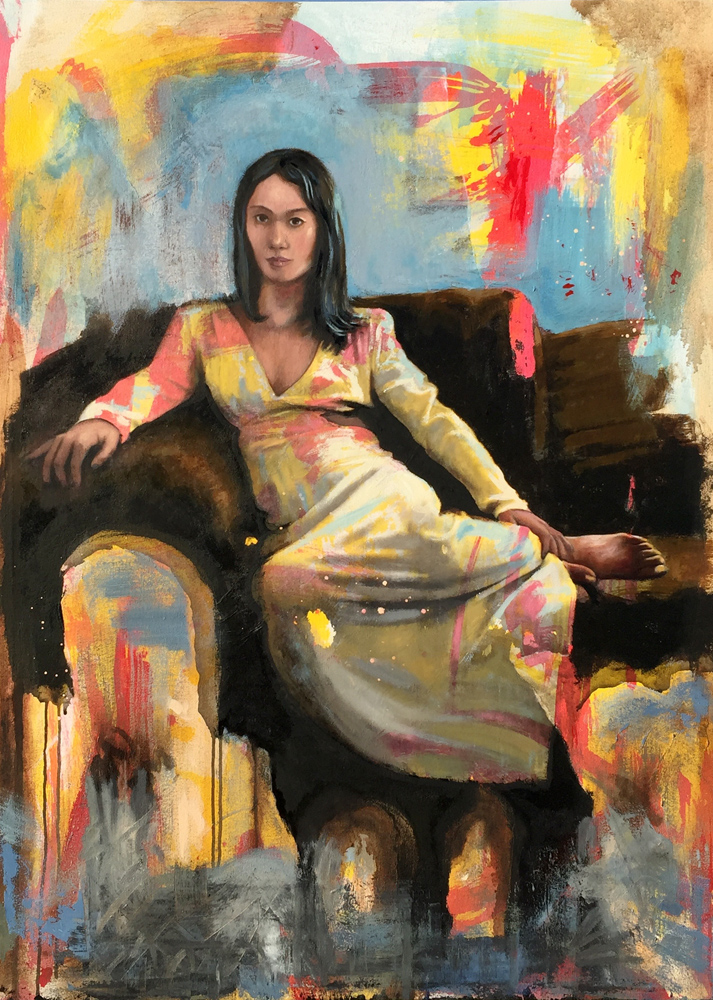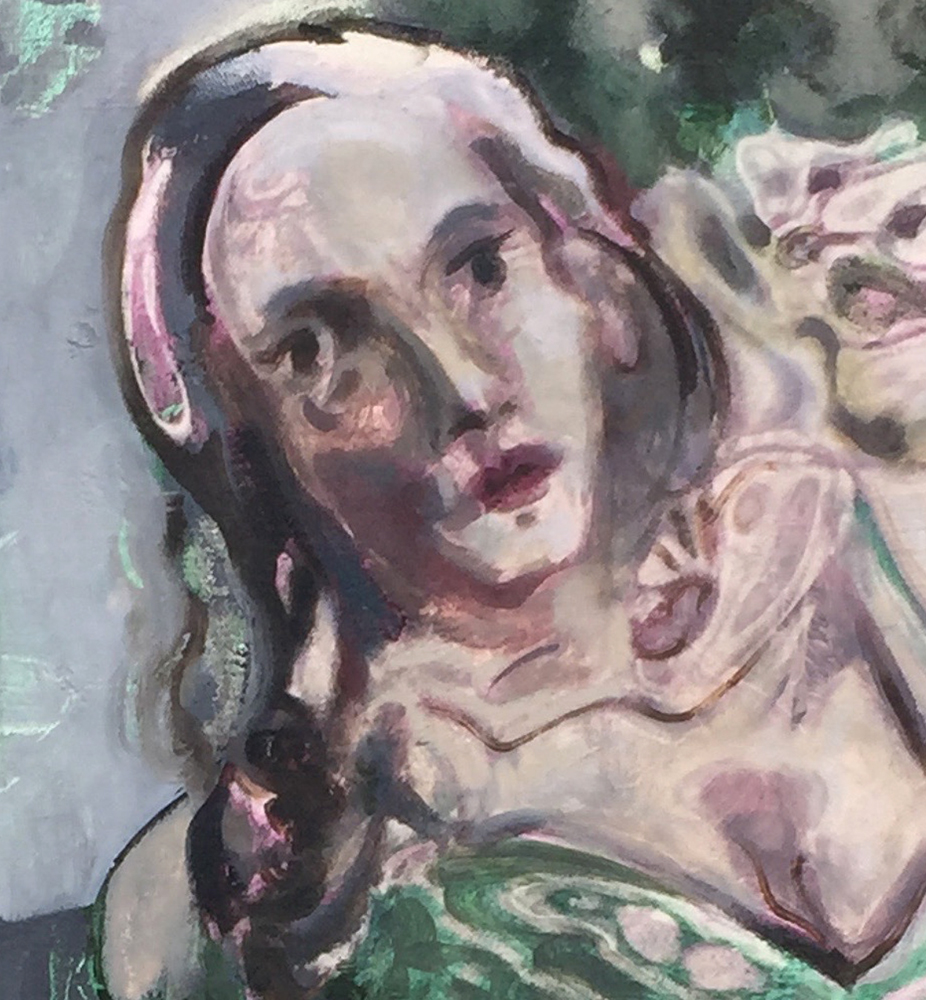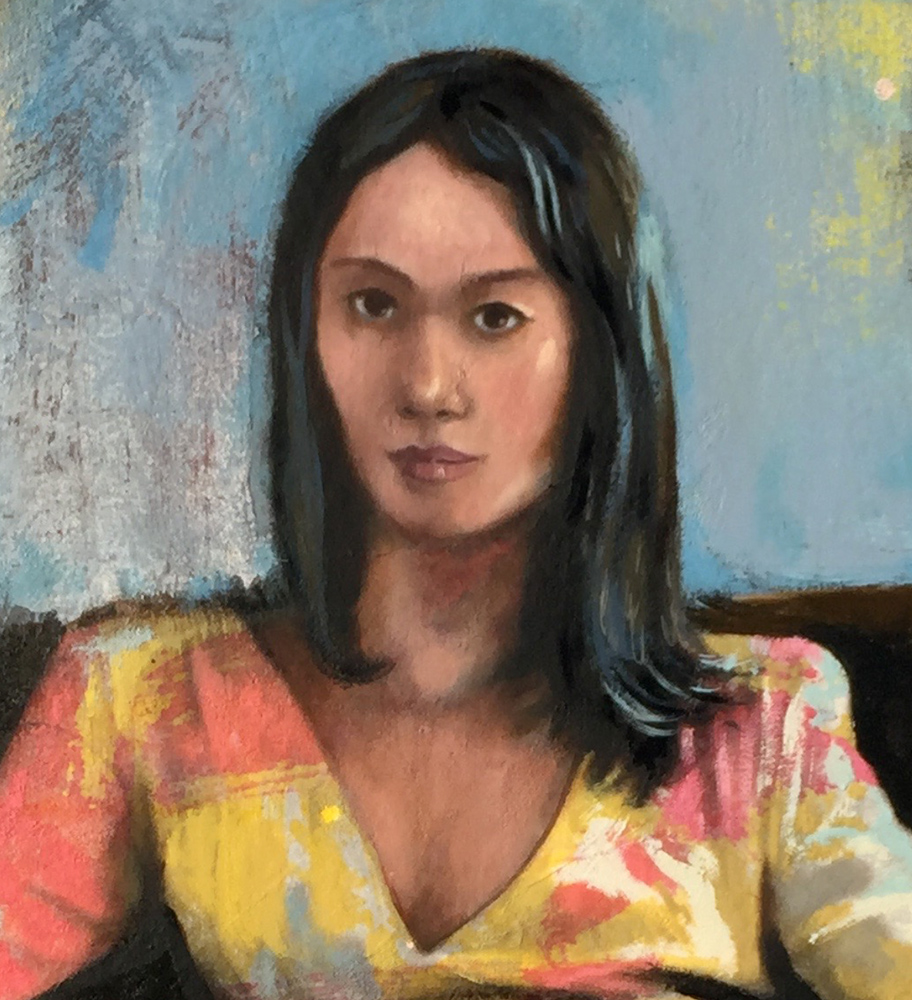After several years, I recently returned to creating a stop motion art piece. I hesitate to call this "film" or "animation", since nobody uses film anymore, and the term animation carries with it unfortunate baggage, like the preconceived idea that its target audience is children, or that animation involves illustration or cartoons and a rational storyline for commercial gain or simply to entertain. Anyway, those characterizations aside, I think stop motion is an awesome medium for presenting meaningful visual art for the sake of visual art, with multiple layers of complexity, relevant to the contemporary world across cultures. It is also good for new media outlets.
I first started making serious efforts to incorporate stop motion into my art practice about ten years ago during my Masters program at Syracuse. It is a challenging medium that requires patience, endurance, and a wide variety of skills since the creator needs to create everything. And even though computers have already pretty much replaced stop motion in the entertainment industry, stop motion as an artistic medium is very young in the grand scheme of things -- it remains to be invented!
Stop motion with choppy movements intrigues me (as opposed to absolute smoothness seen in CGI films, i.e., Pixar). The choppiness is a reminder that it's imperfect and human. Just like in painting, it's kind of like loose brushwork (Henri Matisse, Jean-Michel Basquiat, etc.). But the process is still tedious. Some things can't be avoided. In the latest piece I'm working on, here are three things that I learned, or had forgotten but now recall, that should be remembered for the next piece:
1. Resourcefulness with materials is key! When working in a small studio on a small budget with little or zero help, things come up: how to position a light and move it just so; how to suspend an object in mid flight; how to hinge a sculpture so that it moves and doesn't fall apart. It's fun and challenging to invent solutions, and because I keep a studio with a mixed assortment of hundreds of items, solutions can come easier, as I find myself using materials that I hadn't anticipated using. That leads to #2...
2. Here are some unanticipated essential materials. Maybe I just didn't think of them, but fortunately, I happened to have them in the studio: toothpicks, black cotton mesh, epoxy resin, flour, chopsticks, metal spoon, clear plastic acrylic sheeting, a few heavy books, a bookshelf (for maintaining movement of a light), black gloves, a round jar, aluminum foil, and a rubber ball. (By the way, some materials that I anticipated using and proved to be essential: hockey tape, painter's tape, electrical tape, canvas, assortment of wood, assortment of fasteners, steel wire, latex gloves, acrylic paint, self-hardening clay, matte gel, plasticine, cardboard, paper, needle and thread, hardware cloth, strings, clamps, and fishing line.)
3. Laziness is your worst enemy. This speaks for itself but always comes up when there are choices to make. Sometimes it can be just a little thing that makes a big impact. This applies to painting too, and maybe all forms of art. (And law.) Embrace the tedium and be patient. Don't let laziness cause you to settle. If some extra effort will result in better work, do it!
